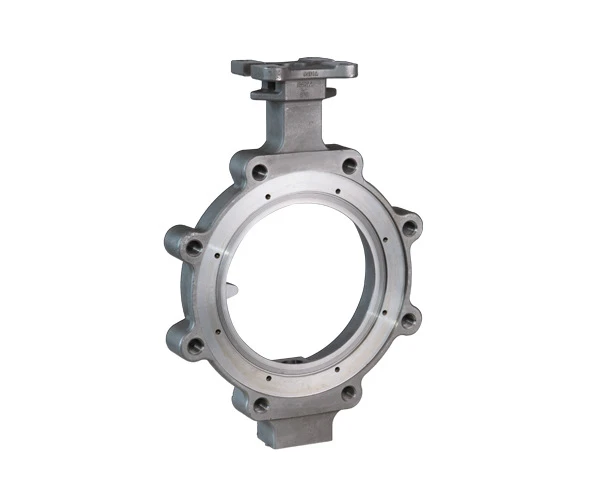die casting tool design
Die Casting Tool Design A Comprehensive Overview
Die casting is a manufacturing process that involves forcing molten metal into a mold cavity under high pressure. This technique is widely used in various industries, including automotive, aerospace, and electronics, due to its ability to produce intricate shapes with excellent dimensional accuracy and surface finish. The success of the die casting process heavily depends on the design of the die, or tool, used to form the metal. In this article, we will explore the key aspects of die casting tool design, including materials, considerations, and best practices.
Understanding Die Casting Tools
A die casting tool consists of two main parts the die or mold and the clamping mechanism. The die is typically made from high-strength steel or aluminum, designed to withstand the intense pressure exerted during the casting process. It creates the shape of the final product and must be engineered with precision to ensure that the metal fills the cavity completely.
Key Considerations in Die Casting Tool Design
1. Material Selection The choice of material for die casting tools is critical. Steel is often preferred due to its durability and resistance to wear. However, tool steels, such as H13, and aluminum alloys can also be used depending on the application, required precision, and production volume. Each material comes with its own set of advantages and disadvantages, including costs and heat treatment requirements.
2. Geometric Complexity One of the primary advantages of die casting is the ability to create complex geometries. Tool designers must take into account draft angles, wall thickness, and undercuts. Draft angles, typically ranging from 1 to 3 degrees, facilitate the easy removal of the part from the die. Uniform wall thickness is essential to ensure consistent cooling and reduce warping.
3. Cooling Systems Effective cooling channels are vital for maintaining the die's temperature during the casting process. Properly designed cooling systems help to minimize cycle times and increase tool life. The cooling channels must be strategically located within the die to provide efficient heat dissipation, thus preventing defects in the final product.
4. Ejection Mechanism An efficient ejection mechanism is paramount for successful die casting. If the part is not ejected properly, it can lead to surface defects, damage to the tool, and longer cycle times. Designers must consider the placement of ejector pins, their size, and the material they are made from to ensure that they effectively release the casting without causing damage.
die casting tool design

5. Draft Angles and Tolerances Incorporating appropriate draft angles in the design helps facilitate the ejection of the part from the die. Tolerances must be established based on the specific requirements of the application, as tighter tolerances may increase production costs and lead times but are necessary for certain precision applications.
Best Practices in Die Casting Tool Design
To optimize die casting tool design, several best practices should be considered
1. Collaborative Design Process Engaging with manufacturers and engineers from the outset can provide valuable insights into production limitations and possibilities. This collaboration can lead to more practical and effective designs.
2. Simulation Tools Using software for flow analysis and thermal simulation can help visualize how the molten metal interacts with the die. This allows designers to make adjustments before the actual production begins, reducing errors and associated costs.
3. Prototyping Before implementing a full-scale die casting tool, creating prototypes can help identify potential issues. This practice allows designers to conduct tests and make necessary modifications.
4. Regular Maintenance Once the die is operational, regular maintenance and inspection are crucial to extend its lifespan and ensure consistent quality in production. Routine checks can identify wear and tear before they become severe issues.
Conclusion
Die casting tool design is a multi-faceted process that requires careful consideration of materials, geometries, cooling mechanisms, and ejection systems. By adhering to best practices and leveraging modern simulation tools, manufacturers can enhance the performance and durability of their die casting tools. In doing so, they can ensure high-quality components that meet the demands of today's fast-paced industrial landscape.
-
Precision Casting AI Solution with GPT-4-Turbo | Optimized QualityNewsAug.02,2025
-
Precision Sheet Metal Stamping Manufacturer | Fast & ReliableNewsAug.01,2025
-
OEM Sand Cast Pump Valve Fittings - Baoding Hairun Machinery And Equipment Trading Co., Ltd.NewsAug.01,2025
-
Custom OEM Impellers | High Efficiency & PrecisionNewsAug.01,2025
-
OEM Sand Cast Pump Valve Fittings - Baoding Hairun Machinery | Customization, Quality AssuranceNewsAug.01,2025
-
OEM Sand Cast Pump Valve Fittings - Baoding Hairun Machinery And Equipment Trading Co., Ltd.NewsAug.01,2025















